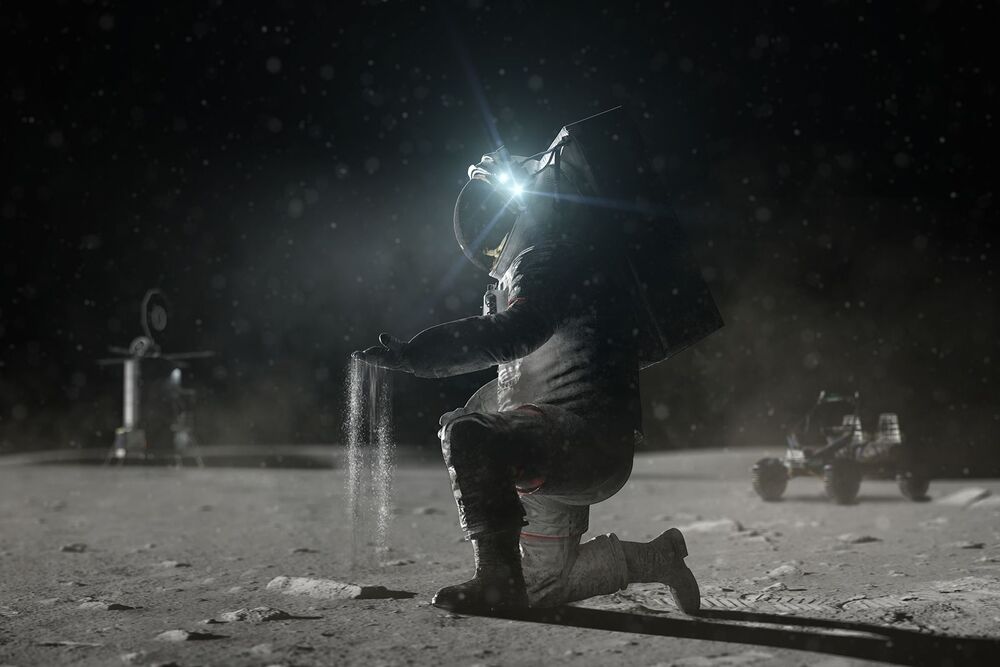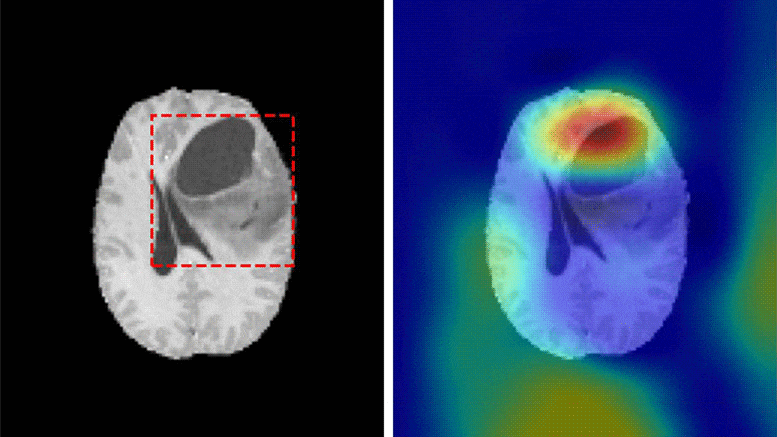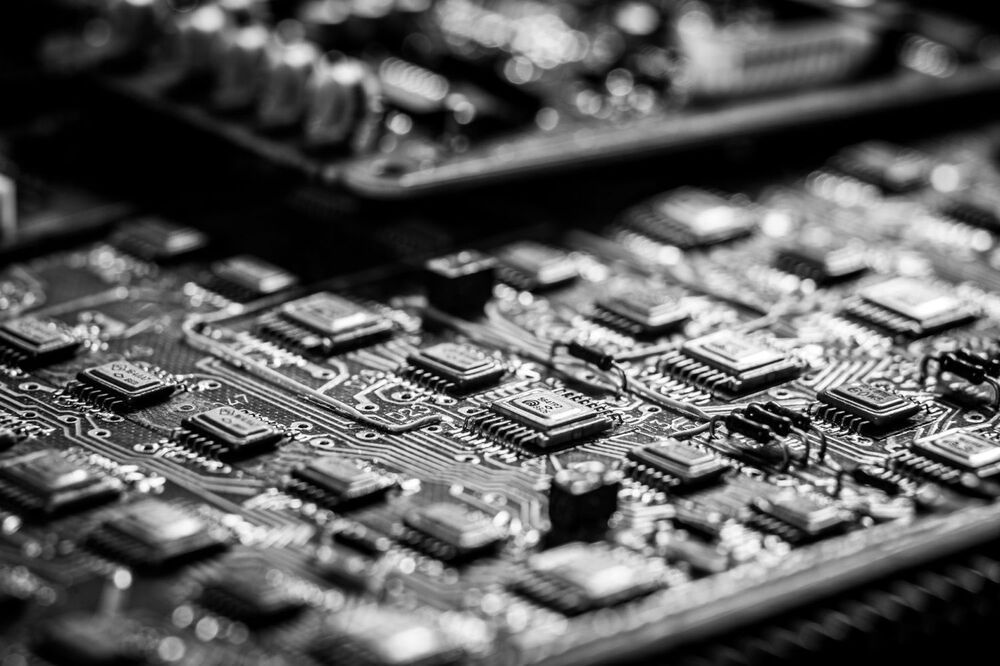Bionic arms used to cost $80,000. Now, a young engineer has lowered the cost by over 90%.
Subscribe here: https://freeth.ink/youtube-subscribe-toc.
Unlimited Tomorrow is pioneering a new age in prosthetics with its 3D-printed robotic arms. Founded in 2,014 by Easton LaChapelle when he was just 18 years old, the company is poised to become a leader in the prosthetic arm industry. Their True Limb device costs less than $8,000 and it’s even cheaper for children, priced at about $4,000.
True Limb is both functional and realistic-looking, serving as a mirror image of the amputee’s opposing limb, even down to the fingertips. And while the prosthetic arm is 60–90% cheaper than traditional prosthetics, many users say it’s far superior to market alternatives. What’s the secret? Unlimited Tomorrow uses a totally remote, custom process that cuts out middlemen to produce prosthetics completely in-house.
For the 40-million worldwide amputees in need of prosthetic limbs, this remote, personalized, and affordable process for fitting prosthetics means hope for a better future.
See the full article on bionic arms here: https://www.freethink.com/series/challengers/prosthetic-arm.





